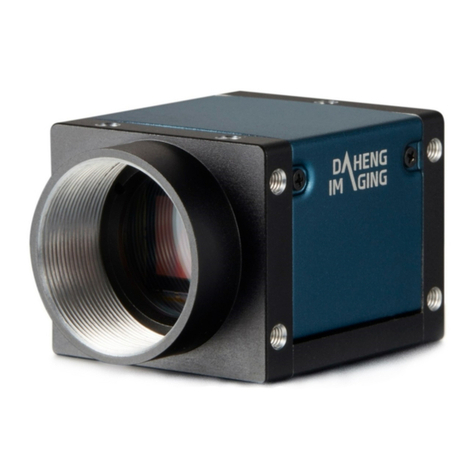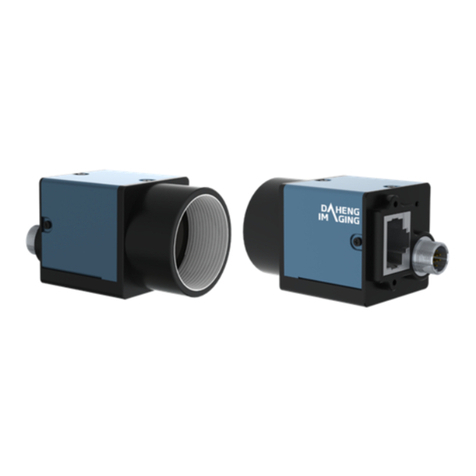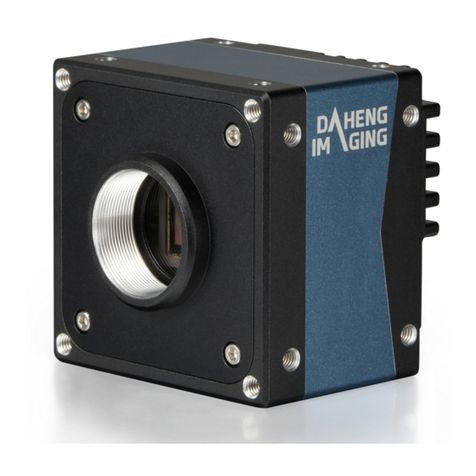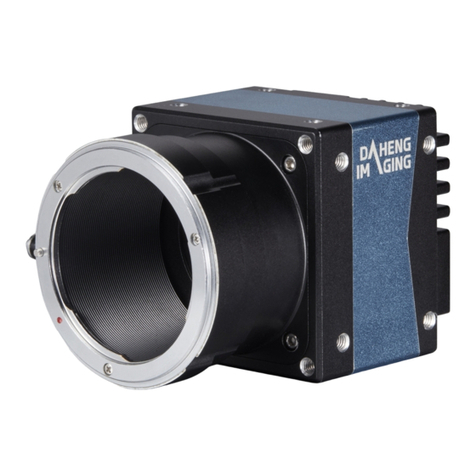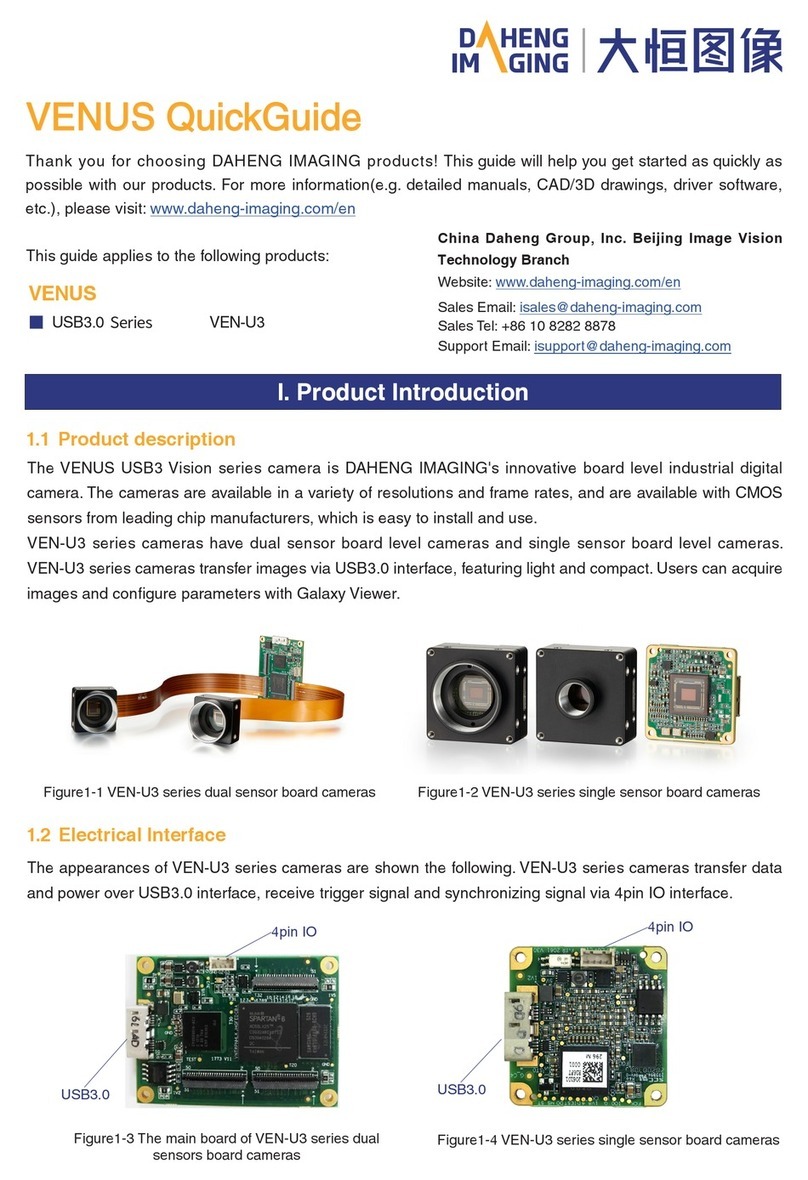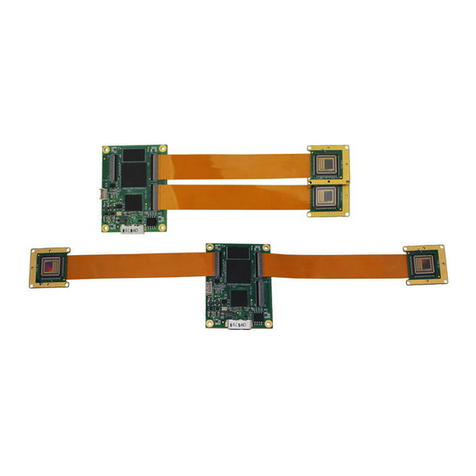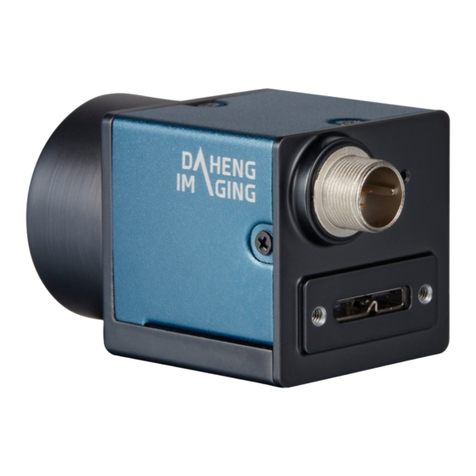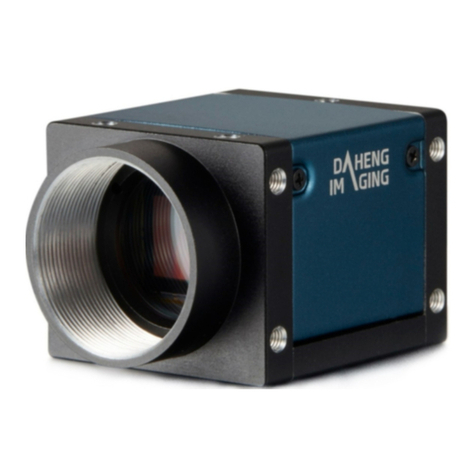© China Daheng Group, Inc. Beijing Image Vision Technology Branch II
7.3.1.1. Line0 (Opto-isolated Input) Circuit..............................................................................17
7.3.1.2. Line2 (Bidirectional) Circuit......................................................................................... 19
7.3.1.2.1. Line2 is Configured as Input ................................................................................19
7.3.1.2.2. Line2 is Configured as Output ............................................................................. 21
8. Features..........................................................................................................................24
8.1. I/O Control ............................................................................................................. 24
8.1.1. VEN-U3 Series ..................................................................................................................24
8.1.1.1. Input Mode Operation .................................................................................................24
8.1.1.2. Output Mode Operation ..............................................................................................25
8.1.1.3. Read the LineStatus ...................................................................................................27
8.2. Image Acquisition Control...................................................................................... 27
8.2.1. Acquisition Start and Stop .................................................................................................27
8.2.1.1. Acquisition Start ..........................................................................................................27
8.2.1.2. Acquisition Stop .......................................................................................................... 28
8.2.2. Acquisition Mode ...............................................................................................................29
8.2.3. Switching Trigger Mode.....................................................................................................30
8.2.4. Continuous Mode and Configuration.................................................................................31
8.2.5. Software Trigger Acquisition and Configuration ................................................................31
8.2.6. External Trigger Acquisition and Configuration .................................................................32
8.2.7. Set Exposure ..................................................................................................................... 33
8.2.7.1. Set Exposure Mode .................................................................................................... 33
8.2.7.2. Set Exposure Value ....................................................................................................34
8.2.8. Overlapping Exposure .......................................................................................................36
8.3. Basic Features ...................................................................................................... 37
8.3.1. Gain ................................................................................................................................... 37
8.3.2. Pixel Format.......................................................................................................................37
8.3.3. ROI..................................................................................................................................... 40
8.3.4. Auto Exposure/Auto Gain .................................................................................................. 41
8.3.5. Test Pattern........................................................................................................................43
8.3.6. User Set Control ................................................................................................................43
8.3.7. Device User ID ..................................................................................................................45
8.3.8. Reverse X and Reverse Y.................................................................................................46
8.3.9. User Data Area ..................................................................................................................48
8.4. Image Transmission .............................................................................................. 48
8.4.1. Calculate Frame Rate........................................................................................................ 48
8.4.2. USB Interface Bandwidth ..................................................................................................49
8.4.3. DeviceLinkThroughputLimit...............................................................................................49
8.4.4. Camera Acquisition Time...................................................................................................50
9. Software Tool .................................................................................................................51
9.1. LUT Create Tool .................................................................................................... 51
9.1.1. GUI..................................................................................................................................... 51
9.1.2. User Guide.........................................................................................................................52

